Nechamandra Planch.
Hydrocharitaceae
Blyxa, Lagarosiphon, Najas, Vallisneria
Asia (India, China, Vietnam)
Nechamandra alternifolia (Roxb.) Thwaites
established in Sudan and Sri Lanka
Nechamandra alternifolia is not known to be a serious weed, though it has been prohibited as a noxious weed in one country.
submergedsubmerged:
(adj) (syn. submersed) under water; submerged below the water surface
 stem plantstem plant:
stem plantstem plant:
(n) (a term used in the aquarium and pond plant trade) having an elongate stem (as opposed to a compact stem)
 , attached to substrate
, attached to substrate
Annual or perennialperennial:
(adj) (of a plant) having a life cycle of more than two years
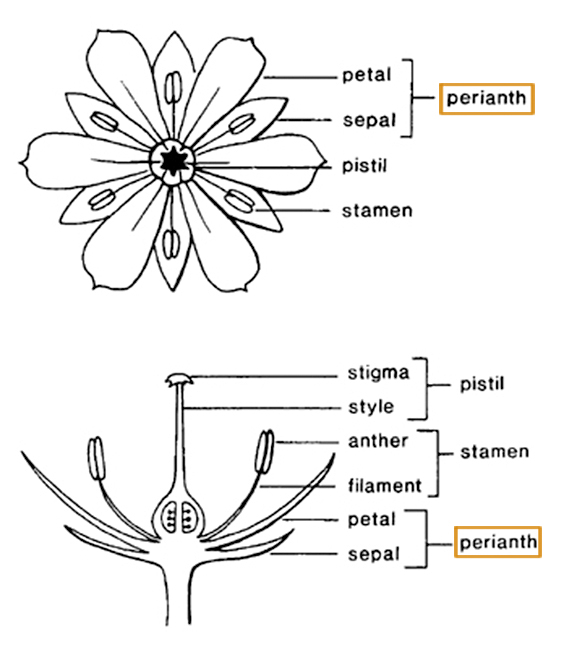 . Stem greatly elongated, irregularly branched. Leaves alternatealternate:
. Stem greatly elongated, irregularly branched. Leaves alternatealternate:
(adj) (of leaves) bearing one leaf per node; placed singly on the stem at different heights
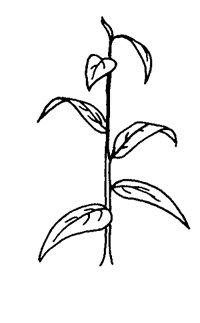 , caulinecauline:
, caulinecauline:
(adj) pertaining to or belonging to the stem
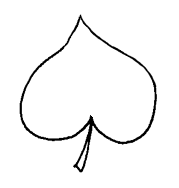 , sheathed at base; leaf bladeblade:
, sheathed at base; leaf bladeblade:
(n) (syn. lamina) the flat, expanded part of a leaf, frond, or petal (excluding, e.g., the petiole)
 elongate, veins parallel, without prominent mid ribrib:
elongate, veins parallel, without prominent mid ribrib:
(n) a leaf vein; a ridge of plant-tissue thicker than its surrounding blade, often vascularized
 ; margins minutely serrated. Flowers unisexualunisexual:
; margins minutely serrated. Flowers unisexualunisexual:
(adj) (of a flower) with either stamens (male) or pistils (female) but not both; consisting of only male or female flowers
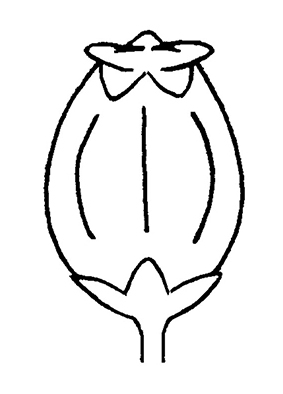 , axillaryaxillary:
, axillaryaxillary:
(adj) in, of, or produced from an axil
 ; female flowers borne on elongate pedicelpedicel:
; female flowers borne on elongate pedicelpedicel:
(n) the stalk of a single flower in an inflorescence, or of a grass spikelet
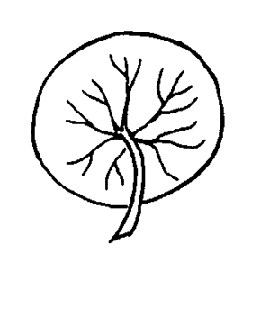 -like stalks (actually hypanthia) and opening at water surface; male flowers minute, numerous, abscising from small spathespathe:
-like stalks (actually hypanthia) and opening at water surface; male flowers minute, numerous, abscising from small spathespathe:
(n) a large bract or bracts subtending and often enclosing an inflorescence
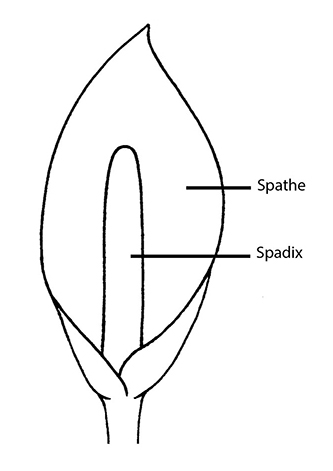 and opening while floating freely on water surface; sepals 3; petals absent or rudimentary. Dipersal likely by stem fragments and seed.
and opening while floating freely on water surface; sepals 3; petals absent or rudimentary. Dipersal likely by stem fragments and seed.
typically found in still, temporary waters
This genus was originally thought to be closely related to worldwide environmental weed Lagarosiphon, but was subsequently considered to be very closely related to Vallisneria based on floral characteristics. Nechamandra is considered a serious potential environmental weed and is declared as a prohibited noxious weed by state authorities in Florida (United States), yet the basis for that declaration is unclear. Nechamandra alternifolia is very similar in appearance to Vallisneria caulescens Bailey & Muell. and V. triptera Jacobs & Frank from northern Australia. This genus is not at present known to be cultivated for aquaria or ponds.